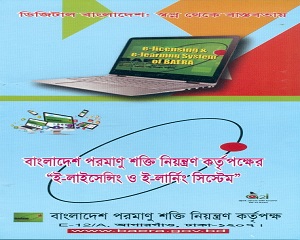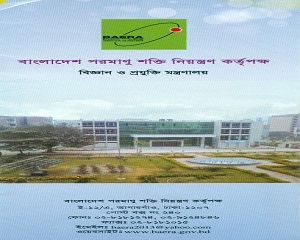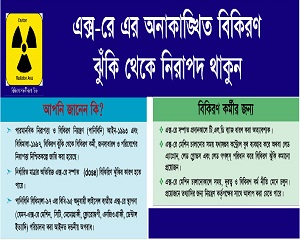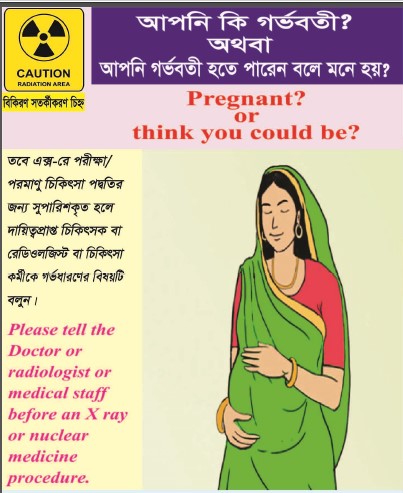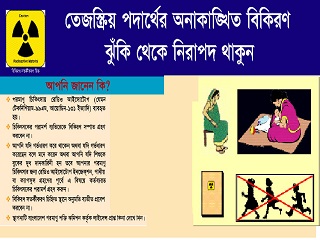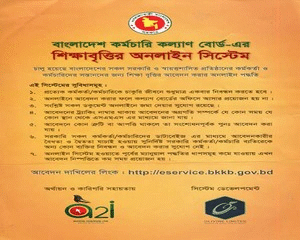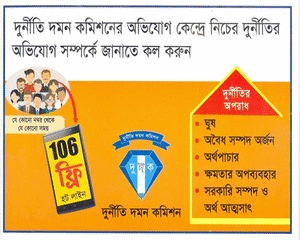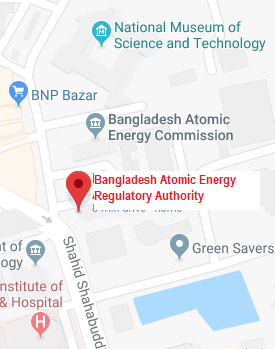"Non-Medical Human Imaging in Bangladesh" শীর্ষক সেমিনার অনুষ্ঠিত, ১৮ই এপ্রিল ২০১৭, অথরিটি ভবন, ঢাকা
১৮ এপ্রিল ২০১৭ খ্রি. তারিখে বাংলাদেশ পরমাণু শক্তি নিয়ন্ত্রণ কর্তৃপক্ষ (বাপশনিক) এর বিকিরণ নিয়ন্ত্রণ বিভাগের উর্ধ্বতন বৈজ্ঞানিক কর্মকর্তা জনাব সোমা শীল “Non-Medical Human Imaging in Bangladesh” শীর্ষক একটি সেমিনার প্রদান করেন। উক্ত সেমিনারে কর্তৃপক্ষের সদস্য প্রফেসর ডাঃ সাহানা আফরোজ এবং সদস্য প্রকৌশলী মোঃ মোজাম্মেল হক উপস্থিত ছিলেন। বিকিরণ নিয়ন্ত্রণ বিভাগের পরিচালক ড. মোঃ মোফাজ্জল হায়দার সেমিনারটি পরিচালনা করেন। সেমিনারে অন্যান্য পরিচালকবৃন্দ এবং বিভাগীয় বিজ্ঞানী ও প্রকৌশলীগণ উপস্থিত ছিলেন।
সেমিনারে আলোচিত বিষয়বস্তুর একটি সংক্ষিপ্ত বিবরণ নিম্নে উপস্থাপন করা হলোঃ
Abstract of Seminar on “Non-Medical Human Imaging in Bangladesh”
Human Imaging using ionizing radiation for medical purpose has been used widely for decades. But, with the increase of security issues in these days, the practice of human imaging in non-medical purpose is also getting very popular. From the definition of IAEA Basic Safety Standards GSR Part-3; Non-Medical Human Imaging is an imaging using radiation for the purpose other than medical diagnosis, medical treatment and bio-medical research. This practice can be of two categories: Category-1 and Category-2. In Category-1 type of Non-medical Human Imaging practice, imaging is taken by medical radiological equipment in a medical facility by radiological personnel. Examples of this practice are: pre-employment check-up, immigration/emigration requirement, age determination, detection of theft/ drug concealed within body, insurance checks, obtaining evidence for legal purpose. Category-2 type practice is one that takes place in a non-medical facility (often in a public place) with specialized inspection equipment by non-medical personnel. Examples are: detection of concealed weapons, contraband or other objects on or within the body (by cargo scanner, mobile container scanners, security scanner for passengers at ports etc.). The IAEA document GSR Part-3 has set up the requirements for this Non-medical Human Imaging practice. Also there is a published Safety Guide of IAEA GSG-5 to provide guideline to implement the requirements of GSR Part-3. Currently, IAEA is developing another safety guide for Non-medical Human Imaging that is DS471. This guide will be submitted to Radiation Safety Standards Committee (RASSC) at June 2017 for approval. These IAEA documents will provide guideline to justify the practice of Non-medical Human Imaging in the member states. In Bangladesh, the practice of Non-medical Human Imaging is on-going in pre-employment check-up, theft detection, immigration/emigration purpose, insurance checks, security checks at different ports (cargo scanners at Chittagong port, security scanners at airports). With the existing legal framework, all these activities are authorized by licensing process, though they are not specified as Non-medical Human Imaging. Most of them fall in diagnostic practice, some in industrial practice. We do not have specified the Non-medical human imaging authorization process at present even though the practice is ongoing in the country and increasing day by day for the requirement of security purpose (category-2). The practice can be included specifically in our regulation in future.

.jpg)




